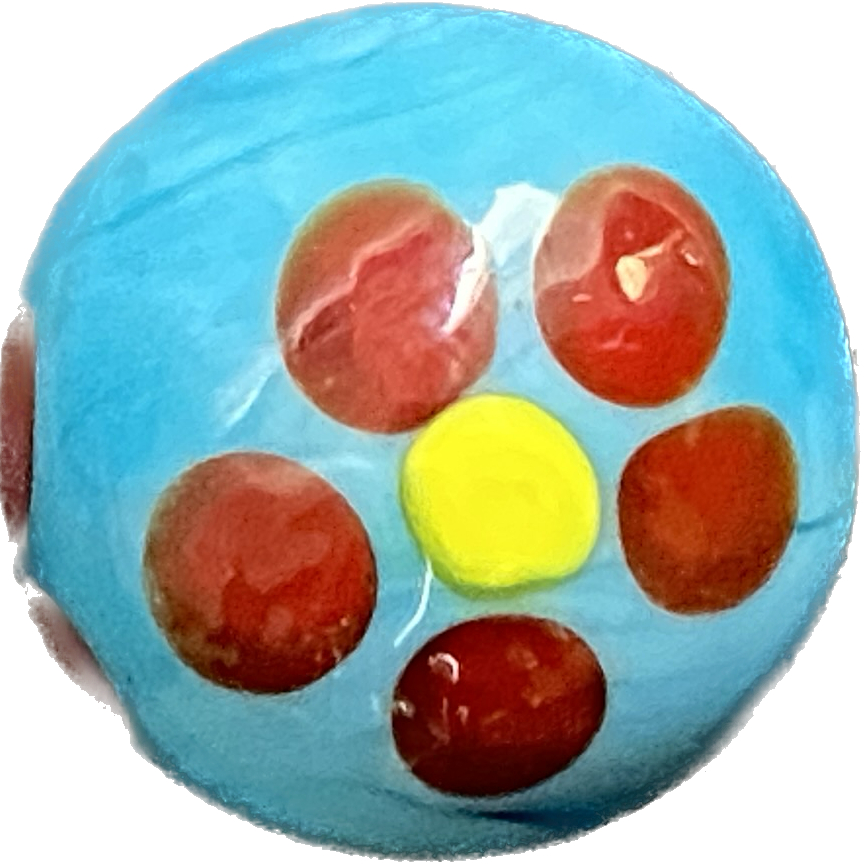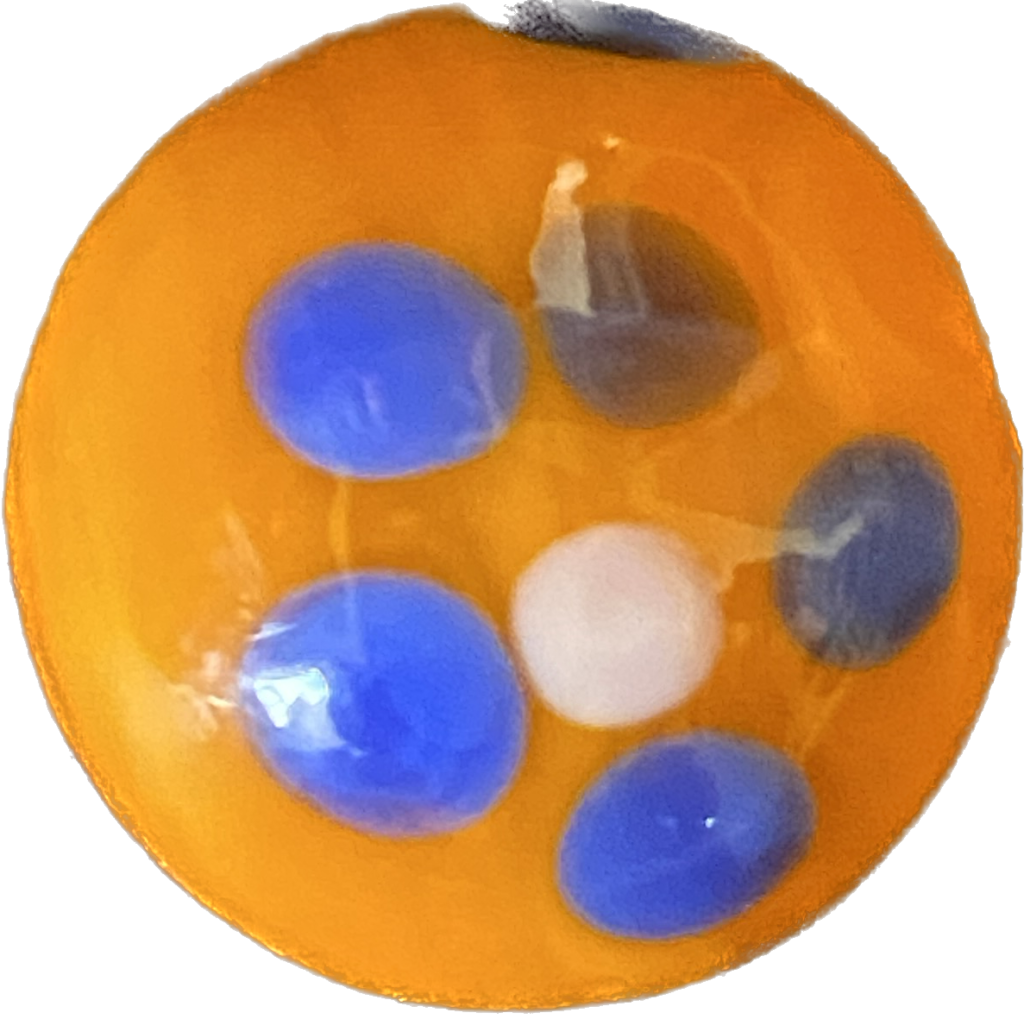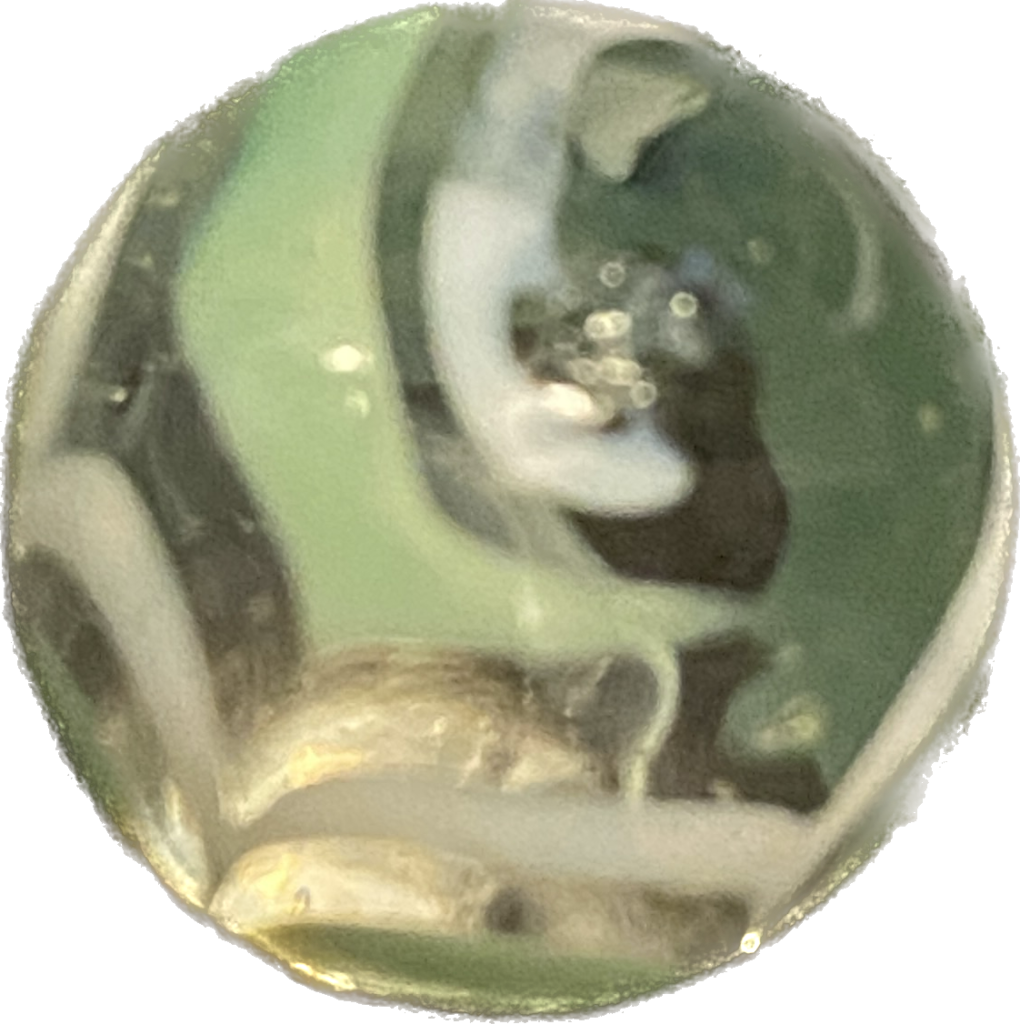Angel is not just a very private person but in hiding and on the run, so details of his life are difficult to come by. The following information has been scraped together primarily from Inspector Panettone who interviewed him (Chapter 21) and Dr Bacon his therapist (Prologue) with whom he held regular sessions.
Angel is far from angelic. He has spent most of his life involved in the criminal underworld and has always been known to his colleagues as Angelo. It seems he was recruited from the streets of Naples into a criminal gang at the age of around 7, an experience so similar to the circumstances Inspector Panettone describes in his encounter with a street urchin in Rome (Chapter 5) that certain aspects of the two events may have become confused.
His date of birth is unknown but he is believed to be roughly middle aged. No photos of him are publicly available and in any case he is a master of disguise, a talent that was extremely useful as a criminal. Since he became an informant this is what has kept him alive despite numerous attempts to assassinate him (one of which is described in Chapter 13).
Inspector Panettone describes Angel as of medium height, average build with no distinguishing features, an unremarkable face and eyes of a nondescript colour somewhere between blue, brown and green depending on the light. Although Angel frequently uses a wig and often presents himself as Angelo or Angela, the Inspector guesses that his natural hair may be very fine, blond and untidy as Capelli d’Angelo means angels hair, hence the pasta of the same name which looks like a birds nest of thin twigs.
Doctor Bacon says that Angel is very sensitive for someone who has had a lengthy criminal career and is not at all suited to coping with violence either mentally or physically. He admitted to the Doctor that he feints at the sight of blood, which is a bit of a disadvantage in a criminal gang. He is however clever, particularly with figures, and this is why he became the bookkeeper for many fraudulent mafia projects. As a result he acquired extensive knowledge of underworld operations so it is no wonder that his former colleagues have been so keen to rub him out.
It was these traumatic experiences that unhinged Angel’s mind so that he could no longer tell what was real or unreal. As he explained to Dr Bacon, his life seemed to be a whirl of senseless fragments that he could no longer make into a picture.
While in hiding in London he attended therapy sessions with the Doctor and wrote Losing our Marbles? as a form of treatment prescribed by the Doctor to ‘join the dots’ again. The book is only a partial and highly unreliable autobiography and being a character inside his own story has not been easy for Angel. Even in this context he has instinctively taken a low profile. Writing his story has however helped Angel to regain some perspective and he is now looking forward to pursuing his new career as a writer. Whether he will really continue to develop it to help himself get a grip of reality or as yet another form of escapism to add to those at which he has become so adept remains to be seen.
Angel is known to enjoy running, another skill he has developed for self preservation as he has spent a lot of time running away. He is interested in almost everything from cosmology to cooking and particularly anything to do with his beloved Italy which he still secretly visits when he can, incognito of course.
As a result of the events described in his book Angel has become even more interested the quirky corners of history including mysteries such as those explored by Tom’s History Mystery Faculty at Oxford University and also the ancient treasures that Cassie is so keen to see repatriated to their original homelands. Angel writes about these things, his travels and anything else that grabs his attention from time to time (see Blog page and his latest short story in Explore).
He also keeps a list of Unjoined Dots which you can find in the endnotes of Losing our Marbles? This provides inspiration for future writing and possible additions to revised editions of Losing our Marbles? He adds new Unjoined Dots in his Blog. If you are aware of any suitably quirky and amusing details from history of a similar nature, Angel would welcome your contributions to this ongoing project.
Angel’s current whereabouts are unknown but some photos of places where there have been recent alleged sightings can be found in Gallery in Explore. They don’t include any photos of Angel as he is very adept at dodging out of frame.
You will understand from his story that Angel has endured hard times in his life and is still in hiding. Writing is a new solace for him and he needs all the encouragement he can get. If you have already read Losing our Marbles? Angel would wish to thank you, and hopes you enjoyed it. If not but you would like to do so you can find it on Amazon.
Like most new writers Angel is a sensitive soul, and Dr Bacon would say more fragile than most, but honest and constructive feedback would be very welcome by Amazon review or otherwise via the contact form.
Angel hopes to live to a ripe old age and return to some quiet village in Italy where he can drink wine and eat every different kind of pasta while enjoying the view. If however his blogs and writing cease abruptly you will know what has happened. After all no one can run away forever.










